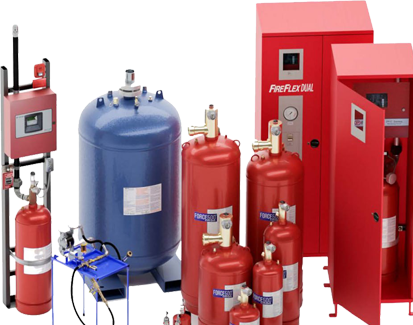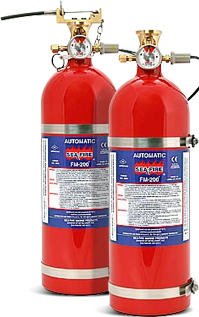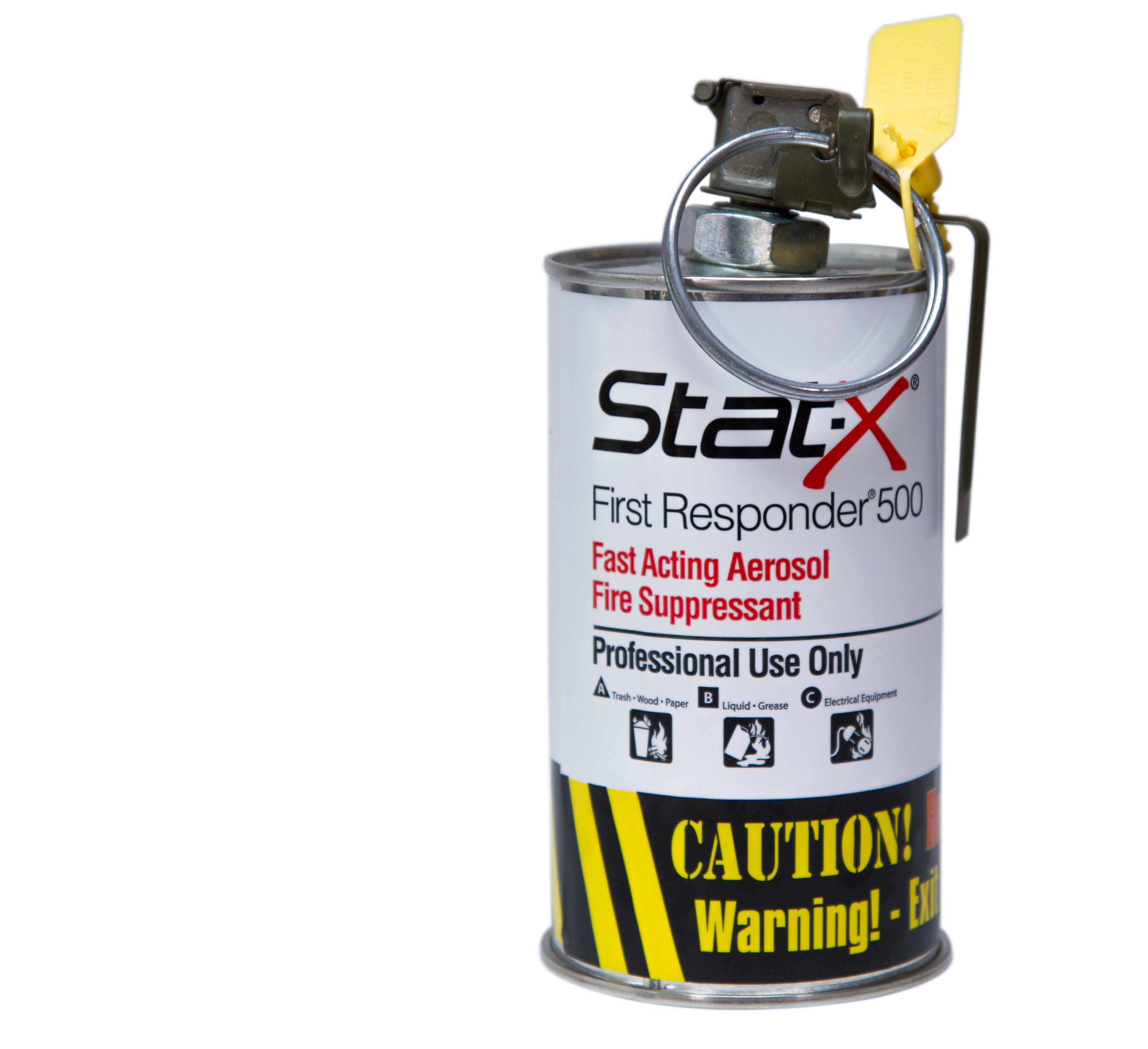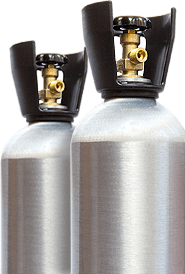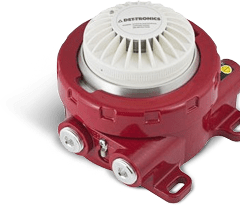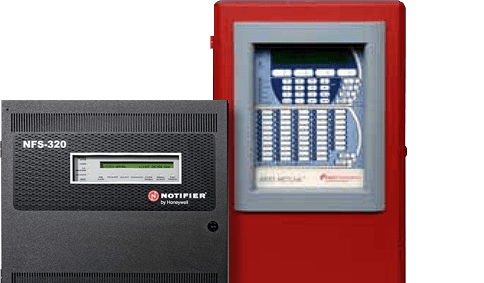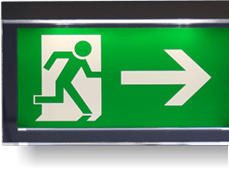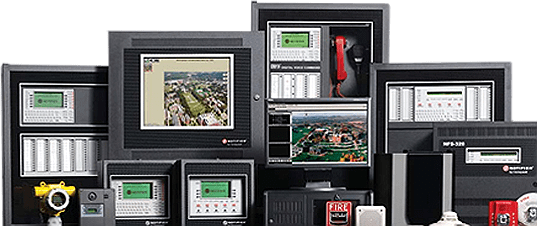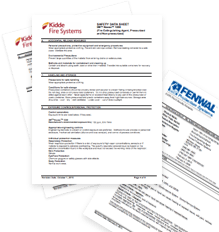How FK-5-1-12 Helps Pharmaceutical Labs Meet Fire Safety Standards
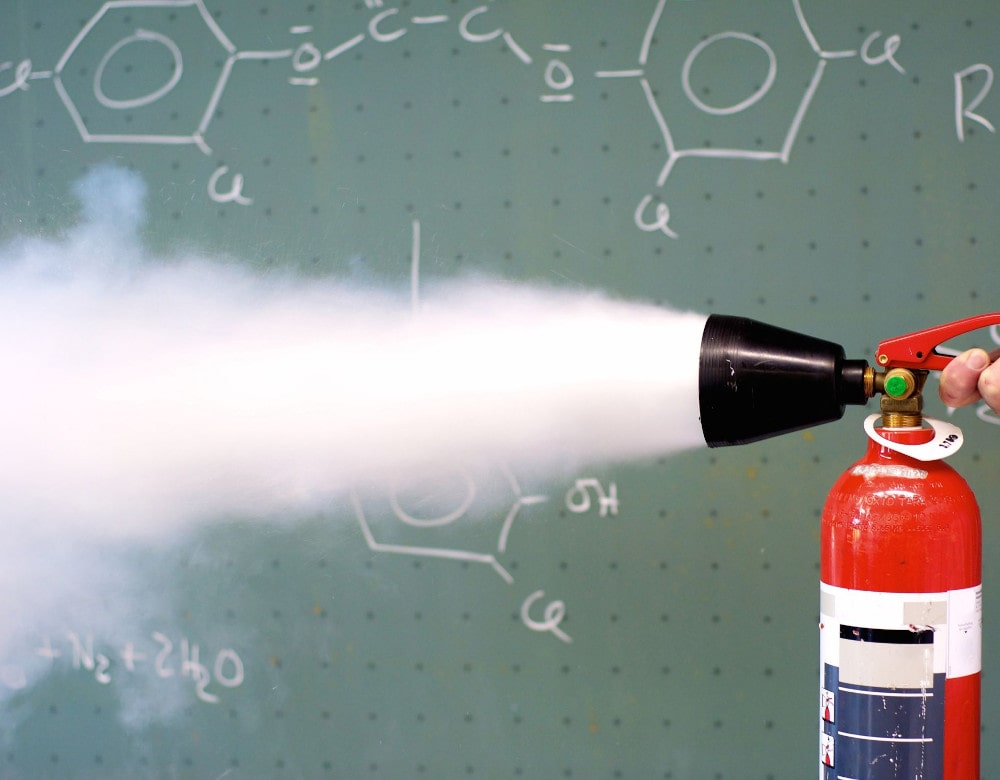
Pharmaceutical labs present special problems from the perspective of fire protection and suppression. Since such labs are usually occupied, they present life safety hazards. Many of the compounds routinely used in labs present special hazards and expensive and sensitive equipment adds another layer of challenge. Fortunately, FK-5-1-12 provides options that meet many of the challenges, making FK-5-1-12 a prime choice for fire suppression systems in pharmaceutical labs.
Fire Safety Challenges in Pharmaceutical Labs
Pharmaceutical labs might best be categorized as accidents waiting to happen. Pharmaceutical labs are characterized by a plethora of chemicals, equipment and processes, all of which can pose significant threats. Among the dangers present in pharmaceutical labs are:
Explore further
- Flammable chemicals, including solvents and reagents that are highly reactive, especially if mixed with other chemicals. Many of these chemicals require special storage facilities and segregation from other chemicals.
- Most pharmaceutical labs have expensive and sensitive electrical equipment, some of which require extremely high voltages to operate. Some facilities may not have the proper circuits to handle these high voltages due to upgrading or adding equipment.
- Labs often use open flames, such as Bunsen burners and hot plates, to process chemical reactions. These can be instant ignition sources under the proper conditions.
- Chemical reactions are the heart of many labs. Out of control or unexpected chemical reactions be catastrophic.
- Many chemical and chemical reactions produce toxic gases that require specialized fume hoods for safe operation. Inadequate ventilation, inoperative equipment, or failure to use proper protocols can lead to disaster.
- Anywhere equipment is in use lends itself to several problems. Inappropriate use, equipment malfunctions and human error can all lead to potentially life-threatening situations. 1
Traditional fire suppression agents are unsuitable for pharmaceutical labs. There are several reasons for this. The lab may contain sensitive and expensive equipment that is easily damaged by water. Chemicals in the lab may pose a danger of being exposed to water, and valuable research may be lost if water renders the materials unusable. In labs that adhere to clean room standards, residue from fire suppression agents can compromise a sterile environment. Exposing occupants to some suppression agents can be as deadly as the fire itself.
Canadian Fire Safety Regulations for Pharmaceutical Labs
Pharmaceutical labs operating in Canada are covered by many regulatory agencies and statutes. Among these are NFPA 45, NFPA 2001, CSA Standards and many provincial codes. Pharmaceutical labs operating in Canada are required to be licensed, compliance with these varied codes is not optional. 2
A review of the codes and regulations reveal that almost every aspect of the design, operation, and maintenance of pharmaceutical labs in Canada has been thoroughly examined and protocols and regulations promulgated to ensure the safe operation of these labs.
Why FK-5-1-12 is the Ideal Fire Suppression Solution for Pharma Labs
FK-5-1-12 is considered by many to be an ideal fire suppression solution for pharmaceutical labs because of its properties. FK-5-1-12 is safe to use in confined occupied spaces. Its non-toxic nature doesn't present the respiratory dangers of CO2 for humans.
Since FK-5-1-12 leaves no harmful or contaminating residue after its deployment, there is no risk of contamination or damage to sensitive equipment in the lab space. These clean properties of FK-5-1-12 also help maintain the sterile environment for most labs.
FK-5-1-12 meets or exceeds most industry standards as well and maintaining compliance with local and national codes. In addition, FK-5-1-12 is environmentally friendly. Its non-corrosive and non-conductive properties protect lab equipment, electrical systems and other environments.
h2: FK-5-1-12 vs. Traditional Fire Suppression Systems
When compared to other fire suppression agents, FK-5-1-12 is heads above the others. Water-based systems leave large amounts of residue after their deployment. This can lead to more damage than the fire itself causes. Losses too valuable and often unrecoverable research is the usual result. Damage to valuable equipment and supplies can be expected as well. FK-5-1-12 leaves no residues to contaminate research or damage sensitive and often hard to replace equipment.
People also search
Co2 as a suppression agent offers some of these advantages but lacks in one critical area. CO2, to be effective, displaces oxygen in the area in which it is deployed. This also reduces the oxygen level to dangerous conditions for humans in the area. FK-5-1-12 is non-toxic to humans and does not displace oxygen to be an effective sire suppressant.
Implementing FK-5-1-12 in Your Pharmaceutical Lab
There is a definitive method for implementing an FK-5-1-12 fire suppression system in your pharmaceutical laboratory. The following steps are the recommended means for such an implementation.
- Perform a thorough risk assessment that identifies potential fire hazards to identify areas of the lab that need fire suppression. Working with a certified fire protection engineer, designing the system to your specific needs, including determining the correct concentration of FK -5-1-12 and the proper placement of nozzles and detectors.
- From your planning, select the best equipment for the installation. Identify the placement of cylinders, nozzles, detectors and control panel installations. The system should be installed by qualified installation professionals and according to manufacturers' guidelines.
- Before the system is put into everyday use, it should be tested and commissioned, including any required permits or licenses.
- All personnel involved in the operation and maintenance of the laboratory and the fire suppression system should be thoroughly trained in its proper use, inspection, and maintenance.
- A documented protocol for the inspection, maintenance, and testing of the system should be in place before the system is commissioned.
Ensuring fire safety in pharmaceutical labs is a complex challenge due to the presence of sensitive equipment, flammable chemicals, and strict regulatory requirements. FK-5-1-12 offers an effective, clean, and safe fire suppression solution that meets these challenges head-on. Unlike traditional suppression agents, it does not leave harmful residues, is non-toxic to occupants, and complies with stringent Canadian fire safety standards. By implementing FK-5-1-12 with a properly designed system, pharmaceutical labs can enhance fire protection while preserving valuable research and equipment.
Choosing the right fire suppression system is crucial for maintaining safety, compliance, and operational efficiency. Control Fire Systems is here to help you make the right choice, ensuring your pharmaceutical lab is fully protected with the best fire suppression solutions available.





